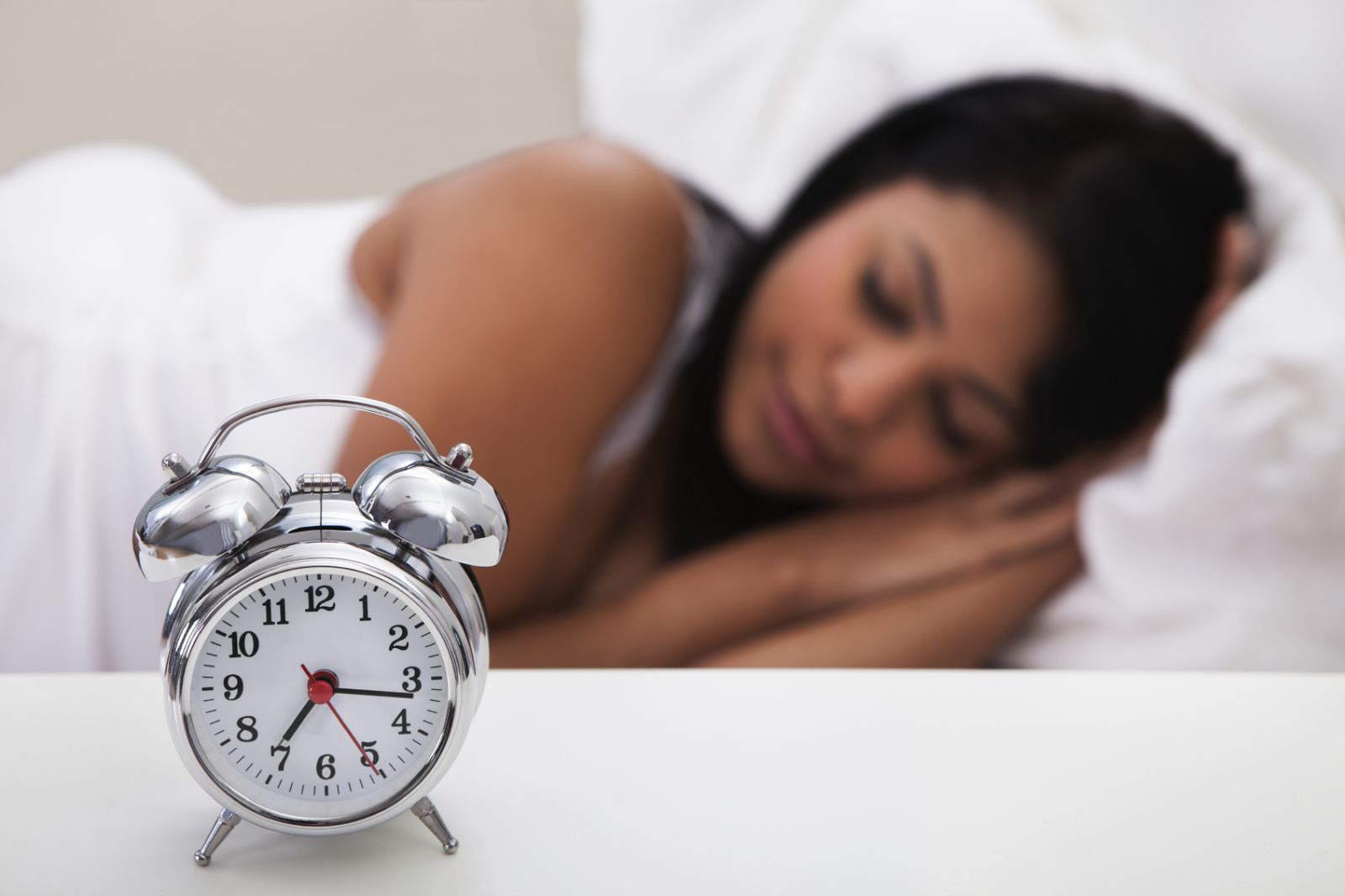In July, 2017, Baltimore Ravens offensive lineman John Urschel rocked the sports world with a stunning announcement: he was retiring from pro football, at the top of his game, at age 26.
Urschel, once dubbed “the NFL’s smartest man,” will work full time on his doctorate in mathematics at MIT. His announcement came just two days after a report revealed that chronic traumatic encephalopathy (CTE) had been found in 110 of the 111 brains of former NFL players studied.
While he didn’t publicly detail his reasons, it’s clear that Urschel’s choice to sacrifice one love—football—was made in the interest of his long-term well-being.
What if all young adults had solid, relevant information to help them make choices that could boost their chances for health and well-being in their 50s, 60s, 70s and beyond? What if there was a playbook for later life?
Here are some key plays to help young people score points in favor of a healthier, happier older adulthood.
Play #1: Toss Your Chair
The average American sits 13 hours per day, and it’s killing us.
Sedentary lifestyles have long been blamed for obesity, heart disease and other problems, but a mounting body of evidence now suggests that sitting eight hours a day —at a desk or in front of a computer or television—may create more health havoc than regular trips to the gym can possibly counteract.
“For every hour we sit, two hours of our lives walk away,” writes James A. Levine, MD, author of Get Up! Why Your Chair is Killing You and What You Can Do About It (2014). “The list of health consequences is an alphabet soup of life’s torments: A is for arthritis, B is for blood pressure, C is for cancer, D is for diabetes … and so it goes.”
What to do: People in their 20s can take advantage of this recent research to tweak their environments to reduce their chair time. Find ways to stand more, move more and sit as little as possible. If you work at a desk, consider a standing or a treadmill model. Or try sitting on an exercise ball or a backless stool, to force your core muscles to work harder. Use a tracking device, like a Fitbit, to remind you to get up and move every 30 minutes or so. Make a few of these changes in your 20s, and you’ll save yourself thousands of hours of life-sapping sitting.
Play #2: Don’t Go to Extremes
More and more adults, young and old, are testing themselves in Ironman triathlons and ultramarathons or with extreme sports like surfing, mountain biking or skateboarding. But while these sports get people moving, they may come at a price.
The thrill of extreme sports goes with a higher risk for severe neck and head injuries. According to a study presented at the 2014 annual meeting of the American Academy of Orthopaedic Surgeons, of the 4 million injuries reported from 2001 to 2011 among extreme-sports participants, 11.3 percent were head and neck injuries. Teens and young adults accounted for the highest percentage. Injuries were mostly likely to occur, in order, in skateboarding, snowboarding, skiing and motocross.
Similarly, endurance athletes may ultimately put too much unhealthy stress on their hearts. (Endurance athletes are those who train at an intensive level six to 10 hours per week, or more, and participate in at least two or three marathons or similar events per year.) Two recent studies showed a surprisingly high incidence of plaque in their hearts, a possible hallmark of cardiovascular disease. Another, earlier study found that long-time, elite, male endurance athletes had a higher incidence of scarring within their heart muscles.
What’s not clear is whether these higher incidences of plaque or scarring actually threaten heart health or increase mortality risk.
“In fact, the overwhelming amount of evidence is that endurance athletes … have youthful cardiovascular systems and they live longer,” said Benjamin Levine, MD, a professor of cardiology at the University of Texas Southwestern Medical Center and director of the Institute for Exercise and Environmental Medicine at Texas Health Presbyterian in Dallas.
Levine says the takeaway is this: if you’re sedentary, adopting a regular schedule of two to three hours of exercise per week will greatly reduce your risk of cardiovascular disease. But doing more won’t further reduce your risk of heart attack.
What to do: Exercising is far better than being inactive—just don’t overdo it and stick to safer sports. The American Heart Association recommends a minimum of 150 minutes of moderate physical exercise a week. For joggers, a Danish study recommended a leisurely jog a few times a week (about one to two-and-half hours total) at a moderate pace.
Play #3: Start the Simple 7
The American Heart Association’s “Simple 7” is a list of key behaviors that can help ensure heart health: maintaining a healthy weight and normal blood pressure; controlling cholesterol; reducing blood sugar; being active; eating better; and stopping smoking. People who follow these guidelines in their 20s have a lower risk of heart disease in middle age, according to a Northwestern University study.
A bonus: mounting evidence suggests that what’s good for your heart is also good for your brain. While keeping your heart healthy will keep you physically vital longer, maintaining cognitive function will enable you to stay engaged in your longevity. According to a study published in 2017 by the American Academy of Neurology, “people who took care of their heart health in young adulthood may have larger brains in middle age, compared to people who did not take care of their heart health.”
What to do: Make “the Simple 7” part of your lifestyle in your 20s. And strive to form one or two good, new habits. Learning to cook, for example, will help you avoid unhealthy fats, sugars and salt found in prepared convenience foods and fast foods. Ditto for practicing portion control, eating more veggies or eating one or two meatless meals each week.
Play #4: Drink and Be Merry—in Moderation
“Moderation is best in all things,” according to the Greek poet Hesiod. For living a longer, healthier life, that’s your best approach when it comes to alcohol.
Excessive intake of alcohol, of course, will put you on a path to poor health and an early death. New research suggests that those who are alcohol-dependent, particularly women, may shorten their lives even more than smokers. Alcoholism leads to lower bone mass, even among younger men, putting them at greater risk of fractures and poor healing, according to a study at the Medical University at Innsbruck, Austria.
However, doctors aren’t advocating abstaining entirely, and a few diets, such as the Mediterranean diet, include a glass of red wine with the evening meal. In a study of the British National Health Service’s patient records, published in 2017 in the BMJ, researchers found that drinking no alcohol was associated with an increased risk of heart disease compared with moderate drinking. Like many studies, however, this one points to links between drinking and cardiovascular health but doesn’t prove a cause-and-effect relationship. Most physicians aren’t ready to encourage nondrinkers to take up tippling.
“We don’t understand the physiology of how moderate amounts of alcohol might benefit your heart,” said Abraham Jacob, MD, a cardiologist and founder of Heart & Vitality in Plano, TX. “But we do know that there’s a flavonoid in the skin of the grapes used to make wine, which may explain why it helps us when we’re talking about drinking a glass of red wine.”
What to do: If you enjoy drinking alcohol, keep your intake moderate. In the British study, moderation was defined as the equivalent of six pints of beer or 10 small glasses of wine per week, preferably spread out over at least three days. If you’re drinking stronger stuff, dial down accordingly.
Play #5: Find Work That Matters
You’ve heard the old chestnut, “Nobody on their deathbed has ever said, ‘I wish I had spent more time at the office.’” But Maria Carney, MD, chief of geriatric and palliative medicine at Northwell Health in New Hyde Park, NY, believes that keeping busy is important to health and vitality later in life. She’s observed that many of her most vital older patients are still engaged in work they enjoy. And those who are not fulfilled by their work or activities seem less happy.
“Many people tell me, ‘I never should’ve retired,’” she said. “Whether it’s paid work, volunteer work or even working on a hobby—work seems to keep people engaged, connected to others and vital.”
Young adults make crucial job and career choices that have enormous implications for well-being later in life. One Ohio State University study found that work life in your 20s may affect your mental health in midlife. People who were generally unhappy with their jobs in their 20s and 30s were more likely to experience some health backlash by the time they reached their 40s.
“If I can give just one piece of health advice for 20 year olds, I would suggest finding a job they feel passionate about,” Hui Zheng, associate sociology professor at Ohio State University, told the New York Times in an October 17, 2016 article. “That will, in turn, make them more engaged in life and healthier behaviors.”
But don’t spend your 20s sitting on the sidelines waiting until the “perfect” career path reveals itself, counters Meg Jay, author of The Defining Decade: Why Your Twenties Matter—And How to Make the Most of Them Now (2012). “Research shows that getting going in the work world is the beginning of feeling happier, more confident, competent and emotionally stable in adulthood,” she writes. Jay encourages young adults to build “identity capital”—skills, accomplishments and experiences that earn them a place in the adult marketplace and move them closer, bit by bit, to meaningful work they enjoy.
What to do: Choose a job that yields higher satisfaction, even if it means slightly less pay. If your first job is less than ideal, focus on building that identity capital so you’ll be better prepared when a better opportunity arises.
Play #6: Give Kids a Strong Start
Family relationships and the home environment in childhood have long-term implications for health and well-being. Begun in 1938 and still ongoing, the Harvard Study of Adult Development found that a warm and intimate childhood was one of the key predictors of successful aging.
Childhood behaviors and habits also affect our later years. One University of Aberdeen, Scotland, study has linked early misbehavior—stealing, bullying, disobedience, irritability—to chronic pain in middle age. And a longitudinal study by the University of Wisconsin-Madison found that the higher the study participant’s rank in high school, the lower the probability of worsening health many years later as participants neared retirement age.
A Lancet Commissions study, Dementia prevention, intervention and care, identified higher educational achievement in childhood as one of several factors that might have the potential to delay or prevent dementia.
“Stimulating your mind, or learning another language, may help build brain reserve early in life,” said Laura Gitlin, one of the study’s coauthors and director of the Center for Innovative Care in Aging at Johns Hopkins University. “The basic conclusion is that we should be investing in the best education possible for all children.”
What to do: If you’re raising children, if you’re grandparents or if you’re a teacher, be aware that the experiences of the youngsters in your care will affect their health and well-being later in life. Do what you can to give them the strongest start possible.

Freelance writer Mary Jacobs lives in Plano, TX, and covers health and fitness, spirituality, and issues relating to older adults. She writes for the Dallas Morning News, the Senior Voice, Religion News Service and other publications; her work has been honored by the Religion Communicators Council, the Associated Church Press and the American Association of Orthopaedic Surgeons. Visit www.MaryJacobs.com for more.



